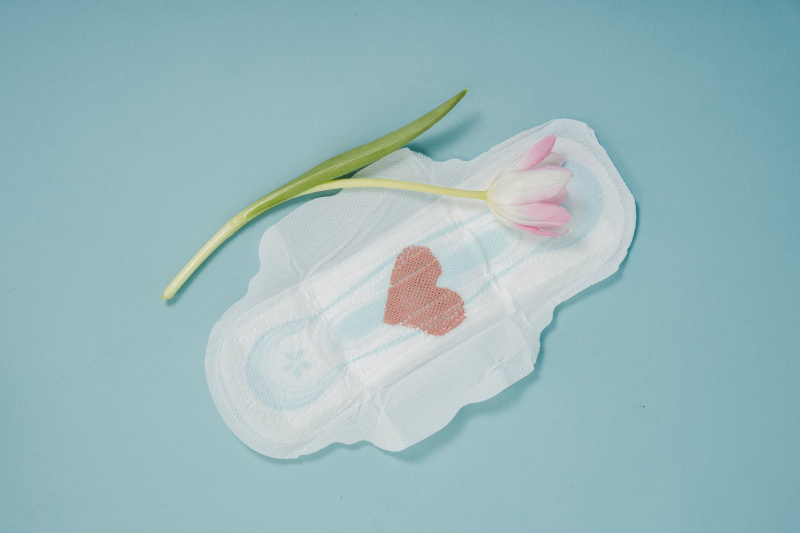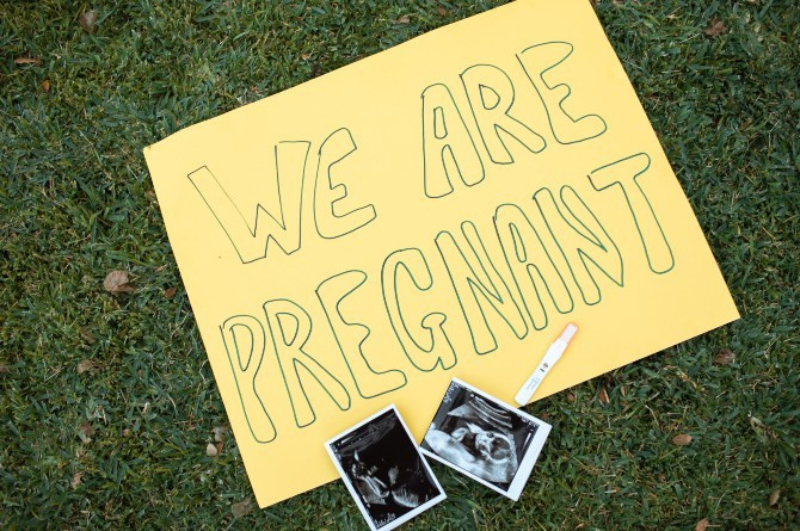Is it possible to get pregnant after your period ends? Here’s what you must know


Ovulation is a key part of the menstrual cycle. And many women often have a love-hate relationship with their period. Trying to find out when it will happen, how long it will last, and if you can get pregnant, are all tricky questions.
Only if your actual period was as precise as the period tracker app on your phone!
For those looking to get pregnant (or trying to actively avoid it), your monthly fertile window is usually mid-cycle.
This would translate to around the 14th day if you have a 28-day cycle. Of course, not every woman has a perfect menstrual cycle, so the fertile window can vary for every individual and also month-to-month.
But can ovulation take place after the period ends? While that may not always be the case, there is a slim chance.
If you sporadically ovulate early or late, there is a possibility to get pregnant by having sex right before, during, or after menstruation.
So, if you were wondering about ovulation after period, here's what you need to know.

While the success rate isn't very high, there is a possibility that you may get pregnant at any time during the menstrual cycle, even during or just after your period.
You may also get pregnant if you never had a period before, during or after the first time you have sex.
Experts say that there is no 'safe' time to have sex without using contraception. You are still at risk of conceiving even if the possibility may seem low.
That being said, there is, of course, the fertile period, which is when you are most likely to conceive.
So depending on your stage of life, you can plan to have a baby and have more sex during the fertility window to increase your chances of conception.

For girls out there still trying to understand how it all works, here's a quick explainer about the ideal menstrual cycle. Please do consult your doctor if you feel your periods are late or incorrect.
Ideally, a woman's menstrual cycle begins on the first day of the period. It will continue up to the first day of your next period.
Your body is most fertile for pregnancy at the time of ovulation. This is when the egg releases from the ovaries and be fertilised for up to 24 hours. It happens about 12 to 14 days before your next period begins.
This is the fertility window, which is when there is a higher chance of you conceiving.
The fertility window includes:
In most cases, chances are slim that you will get pregnant right after your first period. But sperms can sometimes survive for up to seven days after you have sex.
So if you do end up conceiving, remember that's one stubborn kid you are about to have.

Your menstrual cycle may also be affected by factors like:
There are tonnes of reasons for this. For one, until we figure out how to stop time, your age is changing. Your weight may change, too, causing hormonal fluctuations to occur.
Not getting enough sleep, or even high levels of stress may also affect ovulation. Some women have medical conditions, like Polycystic ovary syndrome (PCOS), which make ovulation super hard to predict.
Please do speak to your doctor if you have an irregular menstrual cycle. They will be able to help you understand what's wrong in case there are any complications for you to get pregnant.
And do not forget to use contraception if you are avoiding getting pregnant during your fertility window and otherwise.
This article was first published in theAsianparent.